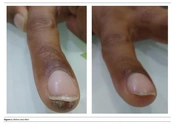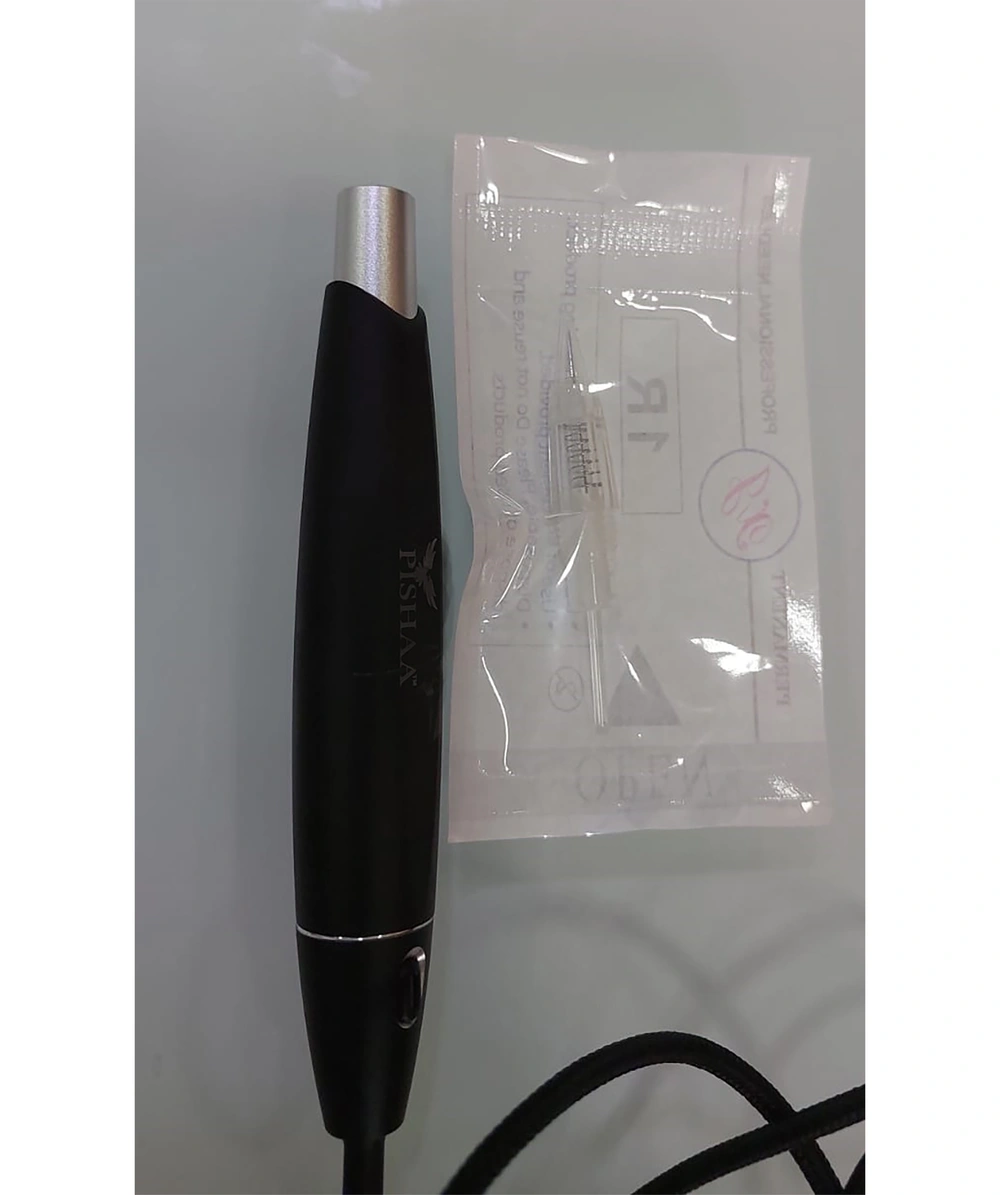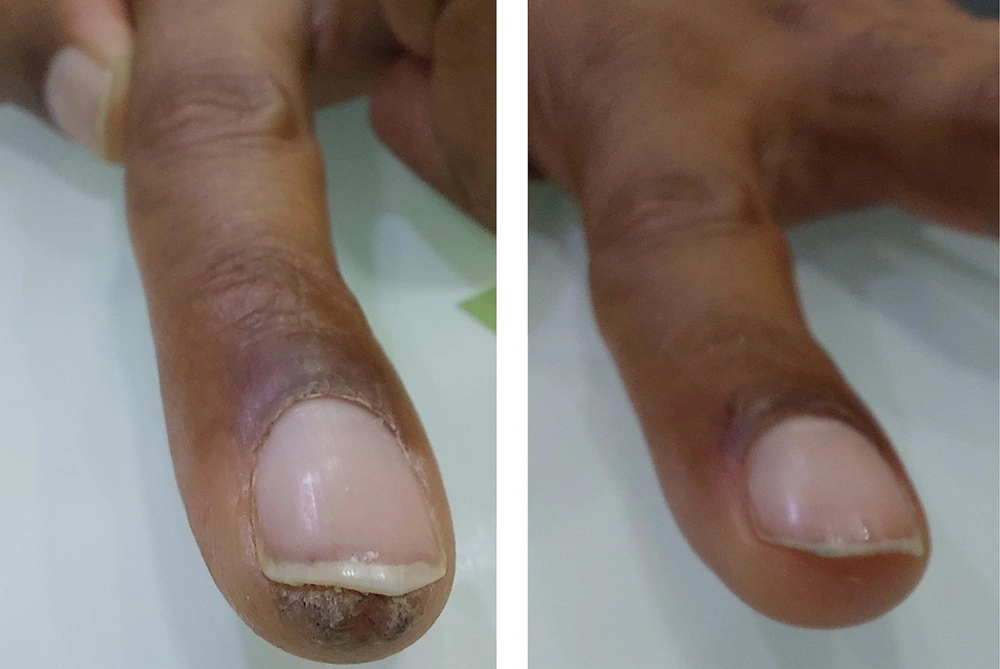Dear Editor,
I am writing to draw attention to the challenges posed by periungual verruca, a viral infection affecting the periungual area, which presents both aesthetic and functional difficulties. Traditional treatments, including Co2 Laser, cryotherapy, and surgery, often encounter issues of recurrence and potential damage to the nail. The injection of bleomycin or its use with a derma roller has been employed traditionally, but these methods can be painful and cumbersome, particularly in the periungual area (1).
In response to these challenges, we propose the use of bleomycin tattooing as an innovative approach to periungual verruca treatment. This method involves creating repeated micro-punctures using a single tattoo needle (refer to Figure 1), followed by immersion in a 3% Bleomycin solution until slight pinpoint bleeding occurs. The technique is not only convenient and easy to use but has shown remarkable efficacy, with resolution of the lesion observed after a single session (see Figure 2).
While mild pain may be a potential side effect, it is generally well-tolerated and short-lived when compared to the potential benefits. Proper technique and thorough patient selection are crucial for achieving optimal results.
In conclusion, Bleomycin tattooing emerges as an economical and effective option for periungual verruca treatment, effectively addressing existing limitations associated with traditional modalities. By harnessing bleomycin's immunomodulatory properties, this method promises sustained and effective clearance of periungual warts.


